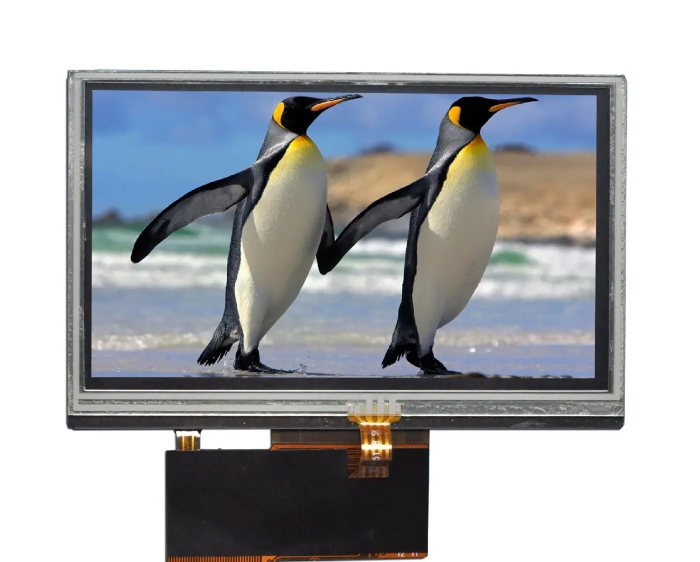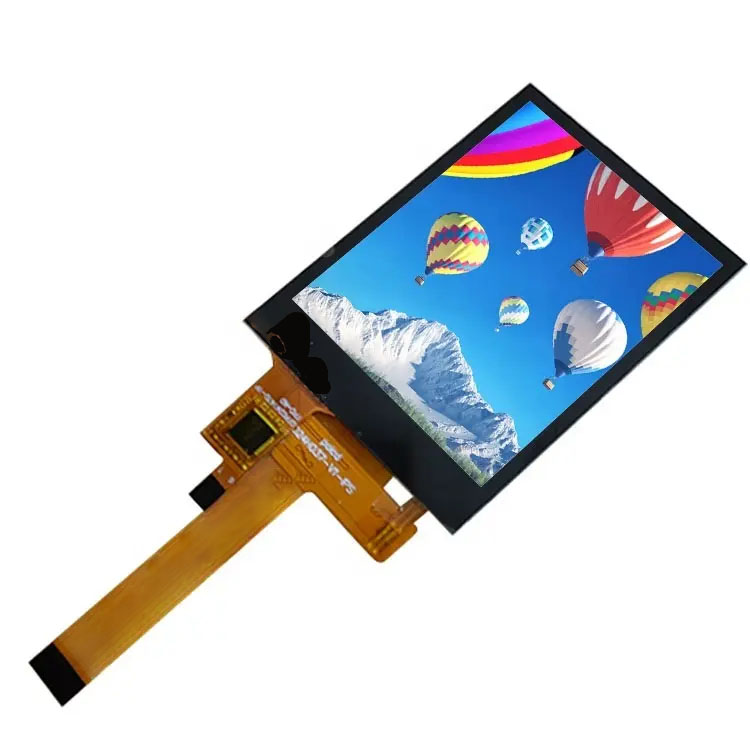Views: 265 Author: Reshine-Display Publish Time: 2024-04-22 Origin: Site









Resistive touch screens have long been a staple in various electronic devices, offering precise touch input and durability. From industrial equipment to consumer electronics, these screens are relied upon for their functionality and versatility. However, like any technology, resistive touch screens require proper maintenance to ensure optimal performance and longevity. In this comprehensive guide, we'll explore essential maintenance tips for resistive touch screens, along with insights into their differences from capacitive touch screens.
Resistive touch screens consist of multiple layers, typically two transparent conductive layers separated by a thin space. When pressure is applied to the screen, the top layer makes contact with the bottom layer, registering a touch event. Resistive touch screens are known for their accuracy, affordability, and resistance to dust, water, and other environmental factors.
●Accuracy:Resistive touch screens offer precise touch input, allowing users to interact with devices with pinpoint accuracy. Whether it's tapping icons, swiping through menus, or entering text, resistive touch screens respond reliably to user input, making them suitable for a wide range of applications.
●Durability:One of the key advantages of resistive touch screens is their durability. The multiple layers of flexible material make resistive touch screens resistant to scratches, abrasions, and impact damage. This makes them ideal for use in rugged environments where reliability is paramount, such as industrial settings or outdoor applications.
●Resistance to Environmental Factors:Resistive touch screens are designed to withstand harsh environmental conditions, including dust, water, and extreme temperatures. The sealed construction of resistive touch screens prevents moisture and debris from entering the screen, ensuring uninterrupted operation even in challenging environments.
●Compatibility with Stylus Input:Resistive touch screens are compatible with stylus input, allowing for precise drawing, handwriting recognition, and other creative applications. This makes them popular choices for electronic signature capture devices, digital sketch pads, and other professional tools that require fine-tipped input.
Now let's delve into essential maintenance tips for prolonging the lifespan of resistive touch screens:
●Regular Cleaning:Regular cleaning is essential for maintaining the clarity and responsiveness of resistive touch screens. Use a soft, lint-free cloth dampened with water or a mild detergent solution to gently wipe the screen surface, removing fingerprints, smudges, and dirt. Avoid using abrasive cleaners or harsh chemicals, as these can damage the screen's protective layers.
●Avoiding Excessive Pressure:While resistive touch screens are designed to withstand pressure, excessive force can cause damage to the screen layers and reduce sensitivity. Encourage users to use gentle, controlled gestures when interacting with the screen, avoiding excessive tapping or pressing that could potentially damage the screen.
●Calibration:Periodic calibration is recommended to ensure accurate touch input and responsiveness. Most devices with resistive touch screens include built-in calibration tools that allow users to recalibrate the screen as needed. Follow the manufacturer's instructions for calibrating the touch screen to optimize its performance.

●Protection from Extreme Conditions:Protect resistive touch screens from exposure to extreme temperatures, humidity, and moisture, as these can affect the screen's performance and longevity. Avoid using devices with resistive touch screens in direct sunlight for prolonged periods, as excessive heat can damage the screen's sensitive components.
●Use of Screen Protectors:Consider using a screen protector to provide an additional layer of protection for resistive touch screens. Screen protectors can help prevent scratches, fingerprints, and other damage, prolonging the lifespan of the screen and maintaining its clarity and responsiveness.
●Inspection for Damage:Regularly inspect resistive touch screens for signs of damage, such as scratches, cracks, or delamination of the screen layers. If any damage is detected, take prompt action to repair or replace the screen to prevent further deterioration and ensure continued functionality.
●Educating Users:Educate users on proper handling and care of devices with resistive touch screens to minimize the risk of damage. Provide guidelines on how to clean the screen, avoid applying excessive pressure, and protect the device from environmental hazards.
While resistive and capacitive touch screens share some similarities, they also have distinct differences in terms of technology, functionality, and maintenance requirements.
●Technology:Resistive touch screens rely on pressure to register touch input, while capacitive touch screens detect changes in electrical capacitance caused by the conductive properties of the user's finger or a stylus. This difference in technology affects how each type of touch screen responds to touch and interacts with users.
●Sensitivity:Capacitive touch screens are generally more sensitive and responsive than resistive touch screens, allowing for multi-touch gestures and precise finger input. Resistive touch screens require more pressure to register touch input and may not support multi-touch functionality.
●Maintenance:Capacitive touch screens typically require less maintenance than resistive touch screens, as they are less prone to damage from scratches, pressure, and environmental factors. However, both types of touch screens benefit from regular cleaning and proper care to maintain optimal performance and longevity.
In conclusion, resistive touch screens offer a range of key features and advantages, including accuracy, durability, resistance to environmental factors, and compatibility with stylus input. By following essential maintenance tips such as regular cleaning, avoiding excessive pressure, calibration, protection from extreme conditions, and inspection for damage, users can prolong the lifespan of resistive touch screens and ensure continued reliability and performance. While resistive touch screens differ from capacitive touch screens in terms of technology, sensitivity, and maintenance requirements, both types of touch screens have their unique strengths and applications in various electronic devices. So, whether it's a rugged industrial terminal or a portable handheld device, proper maintenance is essential for maximizing the longevity and functionality of resistive touch screens in today's digital world.
How Do You Replace Damaged Resistive Touch Screens on a Device?
Can You Improve User Experience with Resistive Touch Screens?
How Do You Calibrate and Maintain Your Resistive Touch Screen for Accurate Results?
Touchscreen technology for electric vehicle charging stations
How To Find The Best Touchscreen Display Solution for Your Smart Home System?
Revolutionizing In-Car Infotainment: The Power of Advanced Touchscreen Displays
